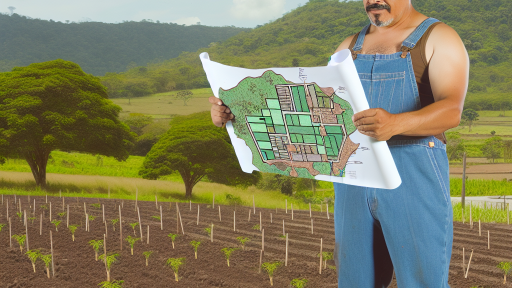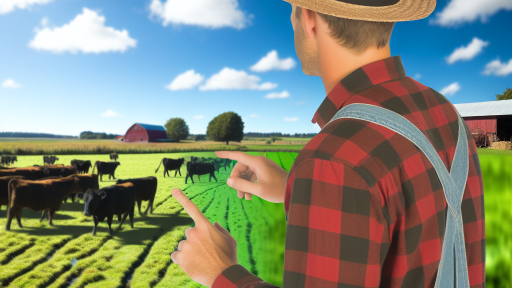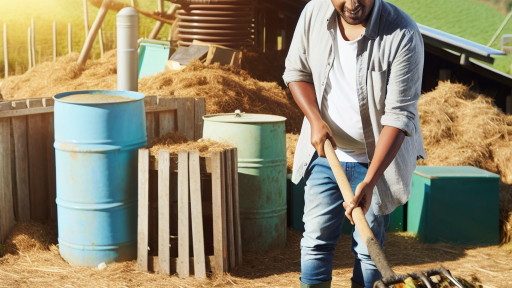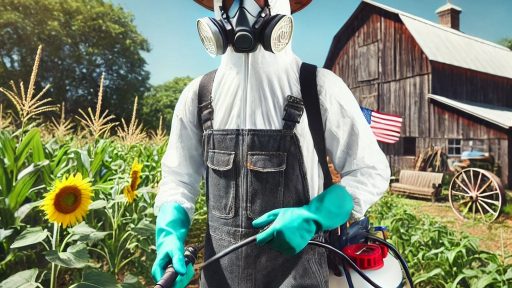Introduction to Conservation Tillage and its Importance in Sustainable Farming
Conservation tillage is a vital practice in sustainable farming.
This process involves reducing soil disturbance during planting.
Farmers use various methods to maintain soil integrity.
As a result, conservation tillage protects against erosion.
It also enhances soil structure and fertility.
Moreover, this technique minimizes water runoff.
Consequently, it helps conserve moisture in the soil.
Transitioning to conservation tillage can lower operational costs.
Farmers benefit from reduced fuel and labor expenses.
In addition, it promotes the growth of beneficial soil microorganisms.
These microorganisms improve nutrient cycling in the soil.
Overall, conservation tillage supports sustainable agriculture by enhancing productivity.
It plays a crucial role in addressing climate change issues.
By sequestering carbon in the soil, it aids in reducing greenhouse gas emissions.
Through these practices, farmers can adopt a more resilient approach.
Transform Your Agribusiness
Unlock your farm's potential with expert advice tailored to your needs. Get actionable steps that drive real results.
Get StartedIt leads to healthier ecosystems and benefits future generations.
Overview of Different Types of Conservation Tillage Practices
Definition of Conservation Tillage
Conservation tillage involves reducing soil disturbance during land preparation.
This method improves soil structure and health.
As a result, it enhances moisture retention and reduces erosion.
Types of Conservation Tillage
There are several types of conservation tillage practices available to farmers.
Each practice has unique benefits and suitability for various farming conditions.
No-Till Farming
No-till farming leaves the soil undisturbed.
Farmers plant seeds directly into the undisturbed soil.
This method greatly minimizes erosion and retains moisture.
It also promotes earthworm activity and improves soil structure.
Strip-Tillage
Strip-tillage combines features of traditional tilling and no-till practices.
This approach involves tilling narrow strips while leaving the rest of the field intact.
Strip-tillage allows for better seedbed preparation in specific areas.
Additionally, it preserves soil moisture and reduces compaction.
Ridge-Tillage
Ridge-tillage involves cultivating crops on ridges.
This practice ensures minimum soil disturbance between the ridges.
It enhances water management in fields prone to flooding.
Moreover, it can improve soil aeration and root development.
Benefits of Conservation Tillage
Conservation tillage offers numerous benefits for sustainable farming.
These benefits include improved soil health and increased crop resilience.
Sole Erosion Control
Conservation tillage significantly reduces soil erosion.
By maintaining soil cover, it protects against wind and water erosion.
Moisture Conservation
It improves soil moisture retention, especially in dry seasons.
This practice allows crops to thrive in variable weather conditions.
Showcase Your Farming Business
Publish your professional farming services profile on our blog for a one-time fee of $200 and reach a dedicated audience of farmers and agribusiness owners.
Publish Your ProfileEnhanced Fertility
Conservation tillage enhances soil fertility by promoting organic matter.
It encourages beneficial microbial activity necessary for nutrient cycling.
Challenges in Implementation
Despite its benefits, some challenges hinder the adoption of conservation tillage.
Farmers may face initial equipment costs and training needs.
Furthermore, some crops may require adjustments to planting methods.
Initial Transition Period
Farmers must adapt to new practices gradually.
This transition can take time and require patience.
Crop Rotation Considerations
Implementing conservation tillage often involves changes in crop rotation.
Farmers should carefully plan crop choices to avoid challenges.
Economic Benefits of Conservation Tillage for Farmers
Cost Savings on Inputs
Conservation tillage reduces the need for fuel consumption during planting.
This method allows farmers to save money on gasoline and other fuel costs.
Additionally, fewer tillage operations result in lower labor expenses.
Farmers also experience decreased wear and tear on machinery.
Consequently, maintenance costs for equipment are often lower.
Improved Soil Health
Conservation tillage enhances soil structure and health over time.
Healthier soil improves nutrient retention and moisture holding capacity.
These benefits translate into better crop yields, impacting farmers positively.
Moreover, increased organic matter supports microbial life in the soil.
This leads to improved overall productivity for farming operations.
Increased Resilience to Weather
Farmers benefit from increased resilience to drought conditions with conservation tillage.
This planting method helps maintain soil moisture during dry spells.
Additionally, it improves soil’s ability to handle heavy rainfall.
As a result, farmers can reduce crop losses during adverse weather events.
Access to Financial Incentives
Many governments offer financial incentives for adopting conservation practices.
Farmers can leverage grants and subsidies for implementing these techniques.
Such programs often encourage sustainable practices within the agricultural sector.
In addition, there are tax breaks available for environmentally friendly methods.
These resources significantly enhance the financial stability of farming operations.
Market Opportunities for Sustainable Products
Consumers increasingly favor sustainably produced agricultural products.
Farms that implement conservation tillage can market their products as eco-friendly.
This opens new avenues for selling produce at premium prices.
Therefore, farmers enjoy better profit margins from their crops.
Additionally, participation in sustainability certifications boosts market presence.
Uncover the Details: Carbon Sequestration Through Regenerative Farming
Environmental Impacts
Reducing Erosion
Conservation tillage dramatically reduces soil erosion rates.
By leaving crop residues on the surface, it protects the soil from wind and water erosion.
This method helps maintain the topsoil, which is crucial for plant growth.
Moreover, less erosion means healthier waterways by reducing sediment runoff.
Farmers benefit from this practice as it preserves vital nutrients in the soil.
Improving Soil Health
Soil health improves significantly with conservation tillage practices.
Showcase Your Farming Business
Publish your professional farming services profile on our blog for a one-time fee of $200 and reach a dedicated audience of farmers and agribusiness owners.
Publish Your ProfileThis method encourages the formation of soil aggregates, enhancing soil structure.
Better soil structure facilitates water infiltration and retention.
Consequently, crops have improved access to water and nutrients.
Research shows that conservation tillage boosts organic matter content in the soil.
Enhancing Biological Activity
Conservation tillage fosters a thriving ecosystem within the soil.
Earthworms and beneficial microbes thrive in undisturbed soil environments.
This biological activity enhances nutrient cycling and improves soil aeration.
The presence of diverse organisms further supports plant health and resilience.
Climate Resilience
Adopting conservation tillage contributes to climate change mitigation.
It helps sequester carbon in the soil, reducing greenhouse gas emissions.
This approach makes agricultural systems more resilient to extreme weather events.
Farmers can adapt better to changing climate conditions by using conservation practices.
Long-term Sustainability
Implementing conservation tillage supports long-term sustainability in agriculture.
It leads to improved crop yields without relying heavily on chemical fertilizers.
Additionally, it minimizes the need for intensive tillage, promoting ecological balance.
Farmers benefit economically from reduced input costs over time.
Ultimately, conservation tillage serves as a foundation for sustainable farming.
Delve into the Subject: Reducing Chemical Inputs To Protect Soil Health
Role of Conservation Tillage in Carbon Sequestration and Climate Change Mitigation
Understanding Carbon Sequestration
Carbon sequestration involves capturing and storing atmospheric carbon dioxide.
This process helps mitigate climate change by reducing greenhouse gases in the atmosphere.
Soil acts as an important reservoir for carbon storage.
Conservation tillage increases the soil’s ability to sequester carbon.
How Conservation Tillage Works
Conservation tillage minimizes soil disturbance during planting.
This practice preserves soil structure and health.
By leaving crop residues on the surface, it enhances soil organic matter.
Consequently, more carbon remains stored in the soil.
Benefits of Conservation Tillage in Carbon Sequestration
This method reduces soil erosion significantly.
Less erosion leads to improved soil quality and stability.
Increased soil health promotes greater biological activity.
This activity contributes to more effective carbon storage processes.
Conservation Tillage’s Role in Climate Change Mitigation
Mitigation strategies involve lowering carbon emissions.
Conservation tillage leads to reduced fuel usage in farming operations.
Moreover, it promotes efficient water retention in soil.
This retention minimizes the need for irrigation and intensive water usage.
Adoption of Conservation Tillage Practices
Farmers who implement conservation tillage can earn carbon credits.
These credits provide financial incentives for sustainable practices.
Furthermore, conservation tillage can enhance farm resilience against climate impacts.
Healthy soils improve crop yields and sustainability in the long run.
See Related Content: Using Cover Crops to Promote Biodiversity
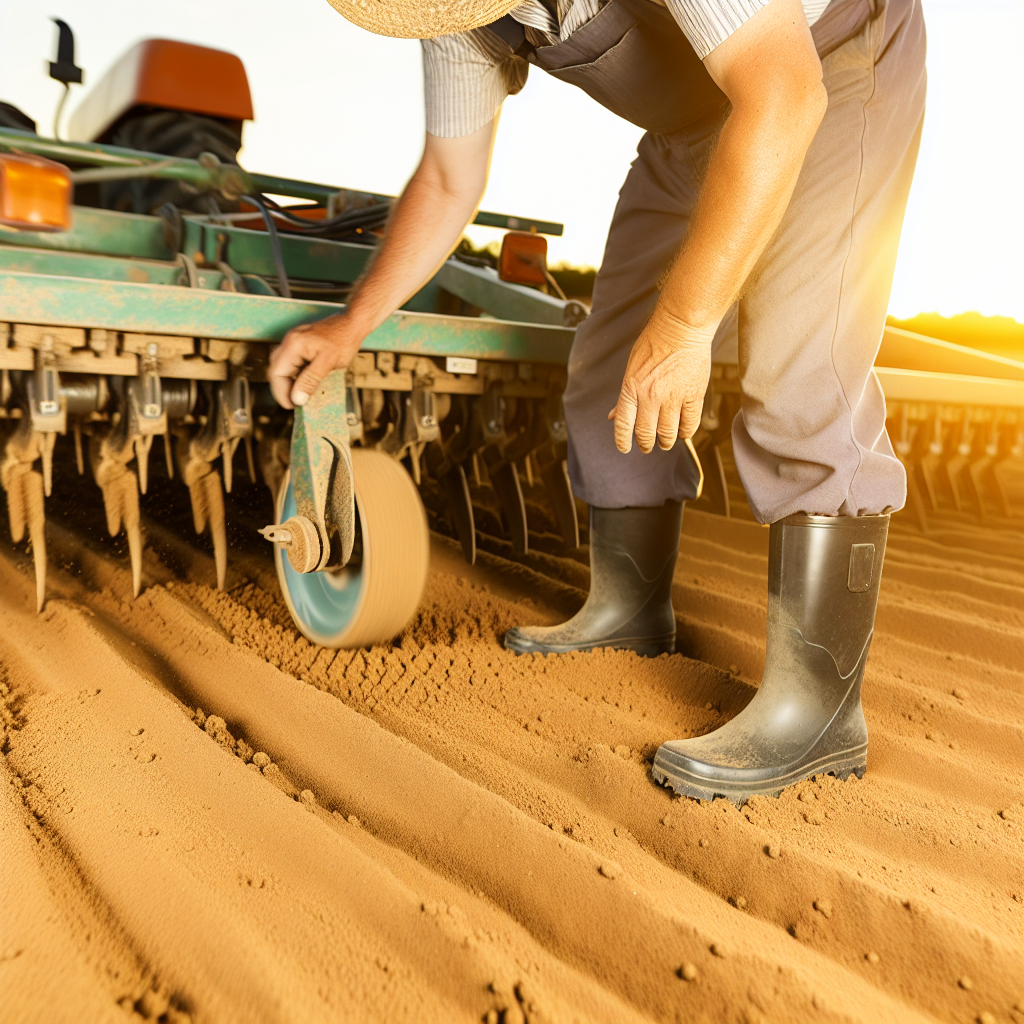
Comparison of Conservation Tillage to Conventional Tillage Methods
Understanding Conservation Tillage
Conservation tillage focuses on minimizing soil disturbance.
Showcase Your Farming Business
Publish your professional farming services profile on our blog for a one-time fee of $200 and reach a dedicated audience of farmers and agribusiness owners.
Publish Your ProfileThis method leaves a significant amount of crop residue on the soil surface.
This practice enhances soil structure and moisture retention.
Moreover, it helps prevent soil erosion by wind and water.
Farmers using conservation tillage often report improved crop yields over time.
Exploring Conventional Tillage
Conventional tillage involves complete soil turning and preparation.
This method usually results in a clean seedbed devoid of residue.
While effective for weed control, it significantly disturbs the soil ecosystem.
Consequently, conventional tillage can lead to soil erosion and degradation.
Farmers often experience a higher demand for fertilizers and herbicides with this method.
Comparison of Soil Health
Comparative studies show that conservation tillage promotes healthier soil microbiomes.
Additionally, it increases organic matter levels in the soil.
In contrast, conventional tillage can lead to compaction and decreased fertility.
This difference impacts long-term agricultural sustainability.
Thus, farmers must consider the implications for soil health when choosing a method.
Impact on Water Management
Conservation tillage enhances water infiltration into the soil.
This method reduces runoff and promotes groundwater recharge.
On the other hand, conventional tillage can lead to increased surface runoff.
Decreased water retention in conventional systems can exacerbate drought stress on crops.
In summary, conservation tillage offers significant advantages in water management.
Economic Considerations
Farmers often find conservation tillage more cost-effective in the long run.
This method can reduce fuel and labor costs associated with tilling.
Conversely, conventional tillage may require more frequent applications of fertilizers and pesticides.
While initial investments in conservation tillage can be higher, savings accumulate over time.
This approach presents a viable option for sustainable farming economics.
Find Out More: Crop Rotation and Diversity: Key to Sustainable Farming
Case Studies: Successful Implementation of Conservation Tillage in Various Regions
North America
In the Midwest, farmers have adopted conservation tillage extensively.
For instance, the Johnson Family Farm in Iowa increased yields by 15%.
They reduced soil erosion significantly through reduced tillage practices.
The results led to improved soil health and water retention.
South America
In Brazil, the adoption of no-till farming transformed agriculture.
Farmers, such as Maria da Silva, noted a dramatic increase in soybean production.
No-till methods retained moisture and reduced weed pressure effectively.
This approach has also been linked to improved profitability.
Africa
In Mozambique, smallholder farmers implemented conservation tillage successfully.
They partnered with local NGOs to adopt new practices.
These techniques helped enhance soil fertility and crop resilience.
Farmers reported higher yields, which improved food security.
Europe
In Germany, the Towers Estate showcased innovative tillage techniques.
The estate balanced productivity with environmental stewardship.
Farmers implemented cover cropping alongside reduced tillage.
Showcase Your Farming Business
Publish your professional farming services profile on our blog for a one-time fee of $200 and reach a dedicated audience of farmers and agribusiness owners.
Publish Your ProfileThis combination successfully improved biodiversity on the farm.
Asia
In India, conservation tillage gained traction among rice and wheat growers.
The Singh family in Punjab adopted a no-till method for wheat cultivation.
This protocol led to a 20% reduction in water usage.
Moreover, it decreased labor costs significantly, benefiting farmers economically.
Future Prospects and Innovations in Conservation Tillage Practices
Emerging Technologies
Innovative technologies are transforming conservation tillage practices.
For instance, precision agriculture uses data-driven techniques to optimize farming efficiency.
This technology allows farmers to make informed decisions about their tillage practices.
Moreover, the integration of drones and satellite imagery enhances crop monitoring greatly.
Sustainable Equipment Development
New sustainable farming equipment is being designed for conservation tillage.
These machines reduce soil disturbance while promoting crop health.
Additionally, advancements in no-till drills allow for better seed placement.
These innovations foster efficient planting and resource management.
Soil Health Monitoring
Monitoring soil health plays a vital role in conservation tillage.
New sensors and IoT devices provide real-time data on soil conditions.
This information helps farmers adjust practices based on specific soil needs.
Consequently, improved soil health leads to enhanced crop yields.
Education and Training Programs
Education is crucial to the adoption of conservation tillage practices.
Farmers require training on new technologies and methods.
Extension services are expanding to provide necessary resources and support.
These programs equip farmers with knowledge for effective implementation.
Policy and Support Initiatives
Government policies are increasingly supporting conservation tillage practices.
Subsidies and grants encourage farmers to adopt sustainable methods.
Furthermore, collaborations with environmental organizations drive awareness.
Such initiatives promote the long-term benefits of conservation agriculture.
Additional Resources
Conservation Tillage Systems in the Southeast – SARE
Understanding why farmers adopt soil conservation tillage: A …

